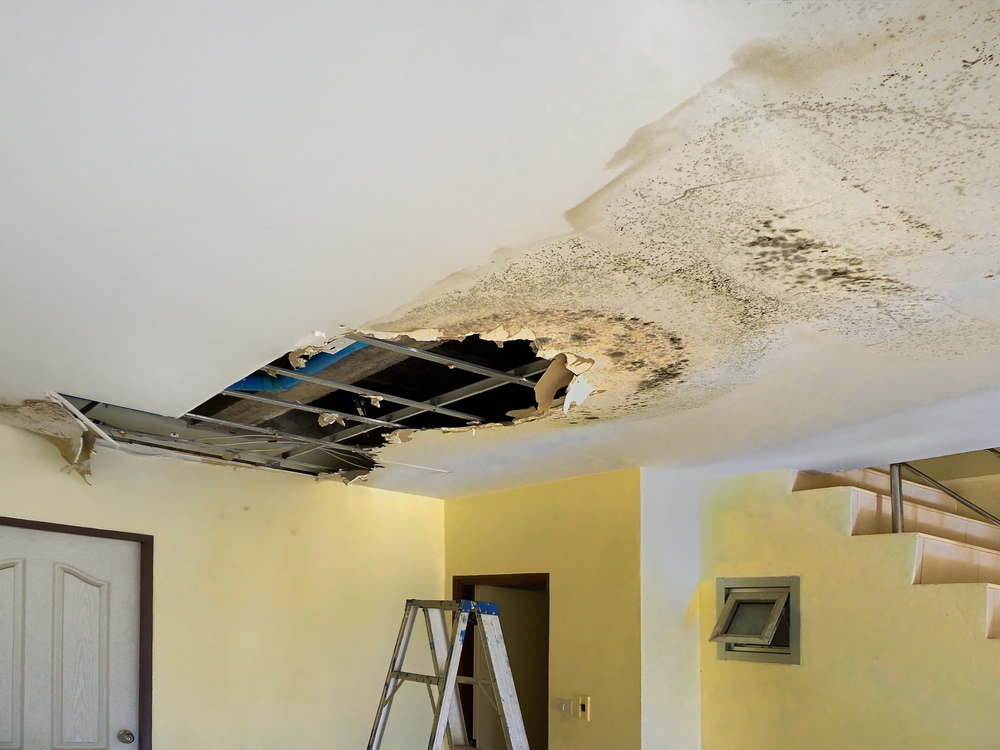How to Find and Fixing Water Leaks-- A Comprehensive Overview
How to Find and Fixing Water Leaks-- A Comprehensive Overview
Blog Article
We've noticed this article involving Top leak detection hacks listed below on the web and believe it made good sense to share it with you here.

Early discovery of dripping water lines can minimize a possible calamity. In addition to conserving you money, it will lessen the worry and also irritation. The moment you find a leakage, calling your plumber for repair services is the best remedy. Some small water leakages may not be noticeable. If you can not find it with your naked eyes, below are some hacks that help.
1. Analyze the Water Meter
Every residence has a water meter. Checking it is a surefire way that assists you uncover leakages. For beginners, turn off all the water sources. Guarantee nobody will certainly purge, use the tap, shower, run the washing equipment or dishwashing machine. From there, go to the meter as well as watch if it will certainly change. Since nobody is using it, there must be no movements. That shows a fast-moving leak if it moves. Likewise, if you identify no changes, wait a hr or 2 and examine back once again. This means you might have a sluggish leakage that can also be below ground.
2. Inspect Water Intake
If you detect abrupt adjustments, in spite of your usage being the same, it means that you have leakages in your plumbing system. An unexpected spike in your expense indicates a fast-moving leakage.
On the other hand, a stable increase on a monthly basis, despite the same behaviors, shows you have a slow-moving leak that's additionally slowly rising. Call a plumber to extensively check your building, especially if you feel a cozy location on your floor with piping below.
3. Do a Food Coloring Examination
When it comes to water usage, 30% comes from toilets. If the shade in some way infiltrates your dish during that time without flushing, there's a leak between the storage tank and bowl.
4. Asses Exterior Lines
Don't neglect to inspect your outdoor water lines as well. Ought to water leak out of the connection, you have a loose rubber gasket. One little leakage can throw away heaps of water and surge your water costs.
5. Evaluate and Analyze the Scenario
Home owners ought to make it a habit to examine under the sink counters as well as even inside closets for any type of bad odor or mold development. These two red flags show a leak so prompt focus is called for. Doing regular inspections, even bi-annually, can conserve you from a major trouble.
Check for discolorations and weakening as most home appliances and also pipes have a life span. If you suspect dripping water lines in your plumbing system, don't wait for it to rise.
Early discovery of leaking water lines can alleviate a prospective catastrophe. Some tiny water leakages may not be visible. Checking it is a guaranteed way that helps you discover leaks. One tiny leakage can lose bunches of water and spike your water expense.
If you believe dripping water lines in your plumbing system, do not wait for it to intensify.
WARNING SIGNS OF WATER LEAKAGE BEHIND THE WALL
PERSISTENT MUSTY ODORS
As water slowly drips from a leaky pipe inside the wall, flooring and sheetrock stay damp and develop an odor similar to wet cardboard. It generates a musty smell that can help you find hidden leaks.
MOLD IN UNUSUAL AREAS
Mold usually grows in wet areas like kitchens, baths and laundry rooms. If you spot the stuff on walls or baseboards in other rooms of the house, it’s a good indicator of undetected water leaks.
STAINS THAT GROW
When mold thrives around a leaky pipe, it sometimes takes hold on the inside surface of the affected wall. A growing stain on otherwise clean sheetrock is often your sign of a hidden plumbing problem.
PEELING OR BUBBLING WALLPAPER / PAINT
This clue is easy to miss in rooms that don’t get much use. When you see wallpaper separating along seams or paint bubbling or flaking off the wall, blame sheetrock that stays wet because of an undetected leak.
BUCKLED CEILINGS AND STAINED FLOORS
If ceilings or floors in bathrooms, kitchens or laundry areas develop structural problems, don’t rule out constant damp inside the walls. Wet sheetrock can affect adjacent framing, flooring and ceilings.
https://www.servicemasterbyzaba.com/blog/how-to-detect-water-leakage-in-walls/

I came across that post on Top leak detection hacks while doing a search on the search engines. For those who enjoyed reading our blog post kindly do not forget to share it. Kudos for your time. Kindly stop by our website back soon.
Report this page